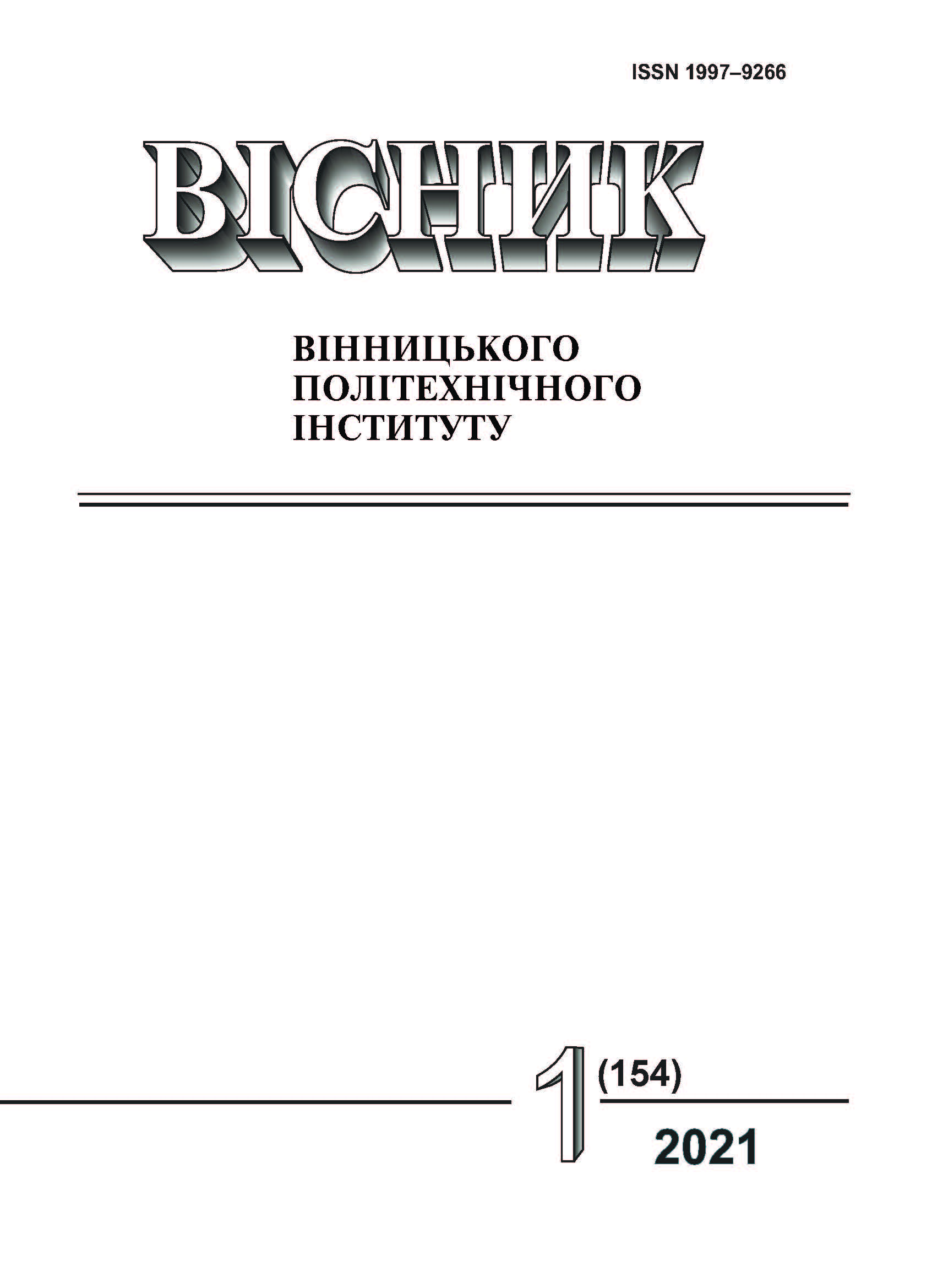Modeling of Disturbance Parameters Influence on a Dual-Channel Piezoelectric Gravimeter Operation
DOI:
https://doi.org/10.31649/1997-9266-2021-154-1-21-28Keywords:
acceleration, modeling, vibration, amplitude, dual-channel piezoelectric gravimeterAbstract
The work is devoted to the problem solving of study of the influence of both perturbing accelerations parameters and the inherent parameters of a dual-channel piezoelectric gravimeter on its operation, by means of a computer. For this purpose, a mathematical model of a dual-channel piezoelectric gravimeter was used. In consequence of the carried out mathematical model modeling, the results of modeling on a computer are obtained and presented. The influence of the external disturbance parameters on a new dual-channel piezoelectric gravimeter operation was modeled. As external disturbances, the following was considered: influence of both frequencies and amplitudes of forced vibrations of the base (along longitudinal and transverse axes), on which a dual-channel piezoelectric gravimeter is located, as well as the disturbing vibration accelerations for the most unfavorable resonance cases: w = w0, w = 2w0, w = 3w0, 2w = w0, 3w = w0, where w0 — is the natural vibration frequency of a dual-channel piezoelectric gravimeter, w - is the disturbances frequency. In consequence of the carried-out modeling, the graphs of the output signal change were obtained for various values of the disturbance frequency of vibration accelerations, the damping coefficient and various values of the disturbing vibration accelerations amplitudes. In view of each result and graph that have obtained, the analyzes as to the steady-state forced vibrations magnitude of a two-channel piezoelectric gravimeter as well as the conclusion concerning presence or absence of resonance were made. Using the results of previous studies of the authors, the comparison of the analytical solution of the equations of a dual-channel piezoelectric gravimeter motion, when exposed to the external disturbances was carried out with the results of digital modeling. The analysis of the modeling results has shown that the mean root square deviation of the solutions does not exceed 0.009 mm and this analysis has confirmed the adequacy of the mathematical model of a two-channel piezoelectric gravimeter, in other words, the obtained mathematical model of a dual-channel piezoelectric gravimeter corresponds to a real device and this model can be used for further studies of a dual-channel piezoelectric gravimeter motion parameters.
References
О. М. Безвесільна, Вимірювання гравітаційних прискорень. Житомир, Україна: ЖІТІ, 2002, 264 с.
В. Л. Пантелеев, и А. А. Булычев, Измерение силы тяжести на подвижном основании, учеб. пос. по курсу «Теория измерения силы тяжести (дополнительные главы)». Москва, РФ, 2003, 80 с.
В. Торге, Гравиметрия, моногр. Москва: Мир, 1999, 428 с.
О. М. Безвесільна, Вимірювання прискорень. Київ, Україна: Либідь, 2001, 261 с.
О. М. Безвесільна, «Алгоритмічні методи високоточного визначення лінійних прискорень,» Вісник Хмельницького національного університету. Технічні науки, № 5 (265), с. 100-105, 2018.
О. М. Безвесільна, Ю. В. Киричук, і С. С. Ткаченко, Системи керування навігаційних систем рухомих об’єктів, моногр. Житомир, Україна: ЖДТУ, 2010. 153 с
К. Деккер, и Я. Вервер, Устойчивость методов Рунге-Кутты для жестких нелинейных дифференциальных уравнений. Москва: Мир, 1988, 334 с.
О. М. Безвесільна, і Ю. В. Киричук, Перетворюючі пристрої приладів та комп'ютеризованих систем (Технологічні вимірювання та прилади), навч. посіб. для студентів приладобудівних спец. ВНЗ. Житомир, Україна: ЖДТУ, 2008, 172 с.
Downloads
-
PDF (Українська)
Downloads: 179
Published
How to Cite
Issue
Section
License

This work is licensed under a Creative Commons Attribution 4.0 International License.
Authors who publish with this journal agree to the following terms:
- Authors retain copyright and grant the journal right of first publication.
- Authors are able to enter into separate, additional contractual arrangements for the non-exclusive distribution of the journal's published version of the work (e.g., post it to an institutional repository or publish it in a book), with an acknowledgment of its initial publication in this journal.
- Authors are permitted and encouraged to post their work online (e.g., in institutional repositories or on their website) prior to and during the submission process, as it can lead to productive exchanges, as well as earlier and greater citation of published work (See The Effect of Open Access).





